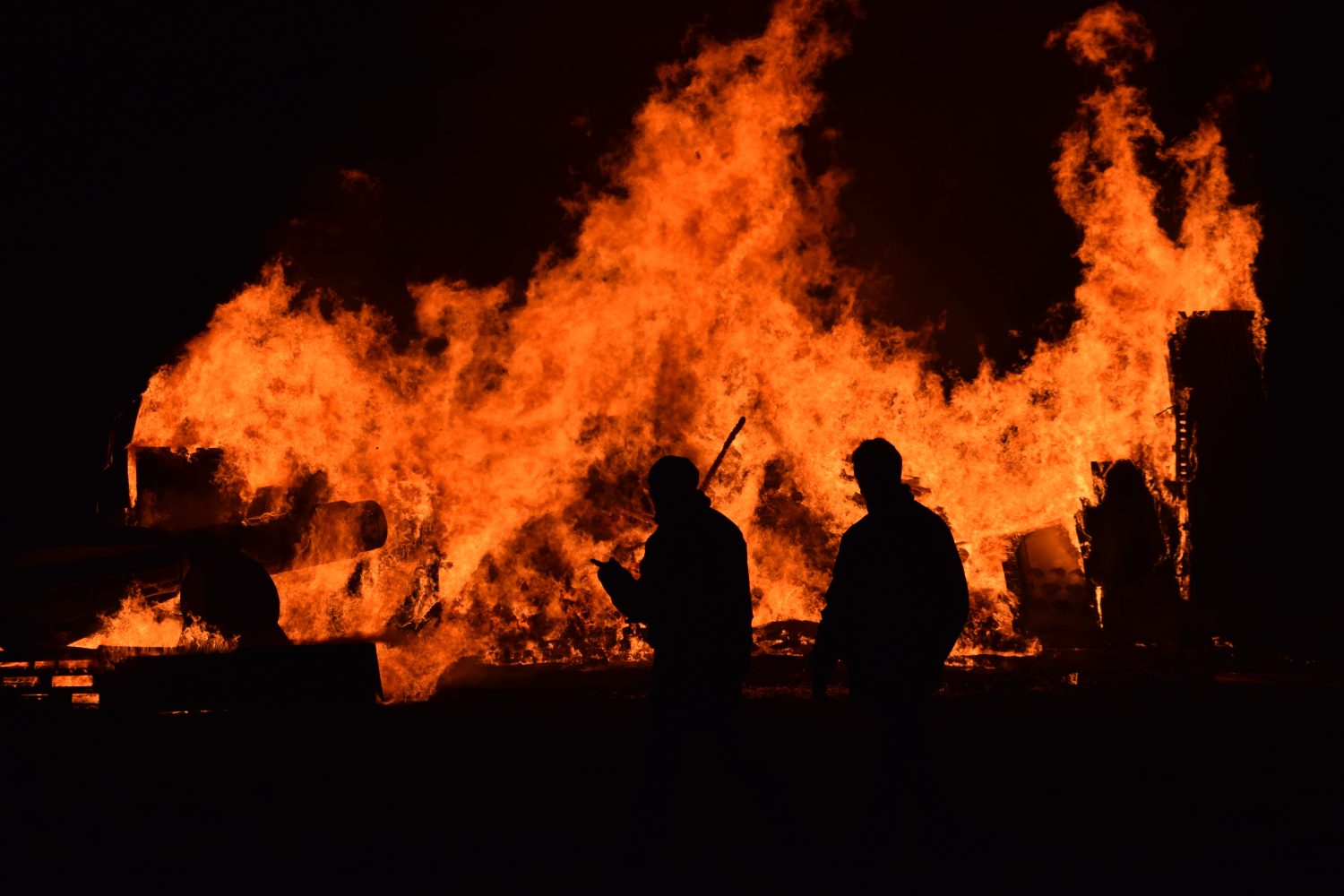
Amid the spate of giant blazes that burned over 6 million acres of land in the US this year alone, the flight of private UAVs in emergency zones have been repeatedly blamed for hampering efforts to extinguish the flames. Now the Federal Aviation Administration (FAA) is also praising the ways drones have become a vital tool for firefighters battling wildfires.
The FAA outlined the drones-for-good contributions of authorized craft operating around wildfires in a pair of related releases. The first was the most recent of its regular The Air Up There podcasts titled “Drones Revolutionize Wildland Firefighting.” The second was an article partially drawn from that by the FAA’s Chris Troxell. Together, they describe how the official view of UAV operating around blazes went from trepidation and expectations of trouble, to increasing enthusiasm for using the craft to fight – and even prevent – fires in open areas.
When it first began, the swiftly expanded use of UAV among private individuals was viewed by authorities as an emergency scenario problem waiting to happen. Back then – as indeed this year – the FAA watched as enthusiasts defied warnings and flew their drones around wildfires, creating hazards for or interference with helicopters and other aerial vehicles seeking to assist firefighters on the ground. It wasn’t until 2015 that the US Forest Service began experimenting with the craft on its only and rapidly established an in-house UAV program to exploit their considerable contributions.
“If you look at that 2015 timeframe and the platforms we (are) using now — increased endurance, better sensors, better integration into the airspace — it’s an incredible tool to heighten the situational awareness of on-the-ground decision makers,” Dirk Giles, the Forest Service’s drone program manager, told Troxell.
His unit continually expanded the number and deployment of its UAV fleet. It currently has 65 skilled pilots, and their ranks are expected to double in 2022. The FAA says those drones and hundreds also used by public safety bodies and firefighters across the US provide vital situational data and other information to combat blazes faster, and with reduced danger to humans involved.
Thanks to the Special Government Interest process providing ultra-fast, 24/7 responses to restricted flight requests, meanwhile, the FAA issued more than 80 emergency authorizations from state and local authorities to deploy the craft in wildfire scenarios this year alone.
The FAA also notes that drones have proven effective to firefighters in a counterintuitive manner: by igniting flames themselves. The Forest Service uses the craft to light backfires in the paths of approaching infernos, consuming grass, trees, and other fuel those would require to continue surging onward once they arrive.
The agency also deploys UAV in burning approximately 1.2 acres of land it incinerates each year as a land management and fire prevention method. Helicopters were previously used in those aerial ignition missions over often remote and inhospitable terrain, but not without a cost. Sixteen accidents provoking 16 deaths were suffered in those missions in the last eight years alone.
The FAA has also noted how drones have allowed firefighters to undermine advancing wildfires with innovative, precision-piloted backfire lighting.
“For example, there was a fire ripping over a hill coming down into a community,” Giles told Troxell. “The (drone) aerial ignition operators pulled a really late night, and they just slowly walked the fire down from the ridgetop, just adding a little bit of fire here and there… (In that way) we really begin to control the intensity and begin to manipulate it.”
Despite its growing and now vocal enthusiasm for the craft in battling fires, the FAA still reminds private pilots to steer their drones clear of blazes – and the firefighting UAV those risk disrupting.
Photo: Issy Bailey
FTC: We use income earning auto affiliate links. More.





Comments